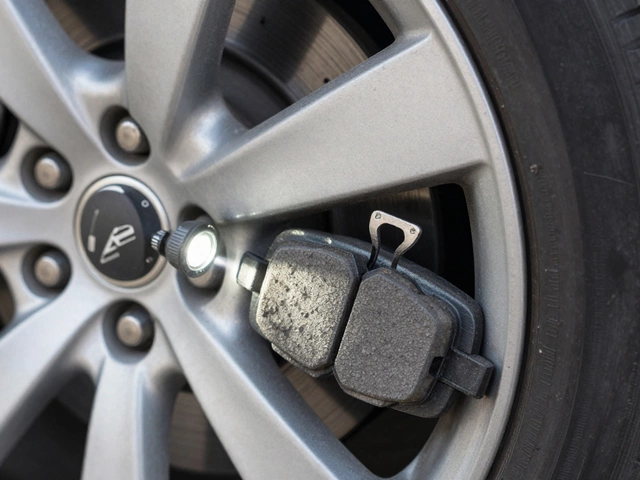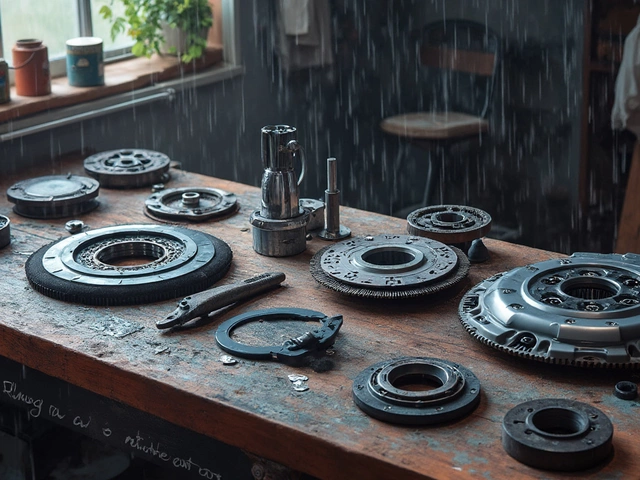Wiper Blade Care: Simple Tips for Clear Vision
Wiper blades are the only thing between you and a rain‑squeaked windshield. If they get dirty or worn, your view drops fast and safety suffers. The good news? Keeping them in top shape takes just a few minutes and a couple of household items. Below you’ll find quick steps to clean, check, and replace blades so you never miss a spot.
How to Clean Your Wiper Blades
First, lift the arms away from the glass. Grab a soft cloth or a sponge, soak it in warm, soapy water, and wipe each blade from end to end. This removes grit that can cut the rubber. For tougher grime, scrub gently with a non‑abrasive pad and a little kitchen‑toilet cleaner – but never use harsh chemicals like bleach; they can damage the rubber.
After the wipe‑down, rinse the blades with clean water and dry them with a fresh towel. Finish by spraying a thin layer of silicone spray or a dab of petroleum jelly on the rubber. This adds a protective coating that helps the blades glide smoother and last longer.
When to Replace and How to Choose New Blades
Even the best cleaning won’t fix a blade that’s cracked, split, or has a squeaky edge. Check for these signs every couple of months: visible tears, a wavy shape, or streaks on the windshield after a run. If any of these show up, it’s time for a swap.
When picking replacements, match the blade length to your car’s specs – you’ll find the right sizes in your owner’s manual or on the old blade’s label. There are three main types: conventional rubber, beam (flat) blades, and hybrid. Beam blades tend to perform best in heavy rain or snow because they press evenly across the glass.
Installation is easy. Pull the old blade off the hook, slide the new one onto the same connector, and click it in place. Most modern cars use a simple “push‑in” or “pin‑type” system, so you won’t need any tools. Give the new blades a quick test with the wipers on low speed to make sure they sit straight.
Don’t forget the wiper fluid. A good fluid clears water faster and helps the blades stay lubricated. In winter, use a freeze‑resistant mix; in summer, a water‑based cleaner works fine. Top up the reservoir regularly – an empty tank forces the wipers to work dry, which can wear the rubber faster.
Finally, store your car properly. If you park for weeks in a dusty garage, cover the wiper arms with a cloth to keep dirt off. In salty coastal areas, rinse the blades after a drive along the sea to prevent corrosion.
Regular care takes less than ten minutes a month, but it saves you from costly replacements and keeps your view crystal clear when you need it most. Give your wipers the attention they deserve, and enjoy safer drives all year round.
 29 May 2025
29 May 2025
Windshield Wiper Lifespan: How Long Do They Really Last?
Wondering how long windshield wipers actually last? This article breaks down what affects their lifespan, key signs it’s time to swap them out, and real tips to get more out of your wipers. You'll find out about what damages them fastest and ways to keep your windshield clear and streak-free. Perfect for anyone who wants to avoid getting caught in the rain with useless wipers.






0